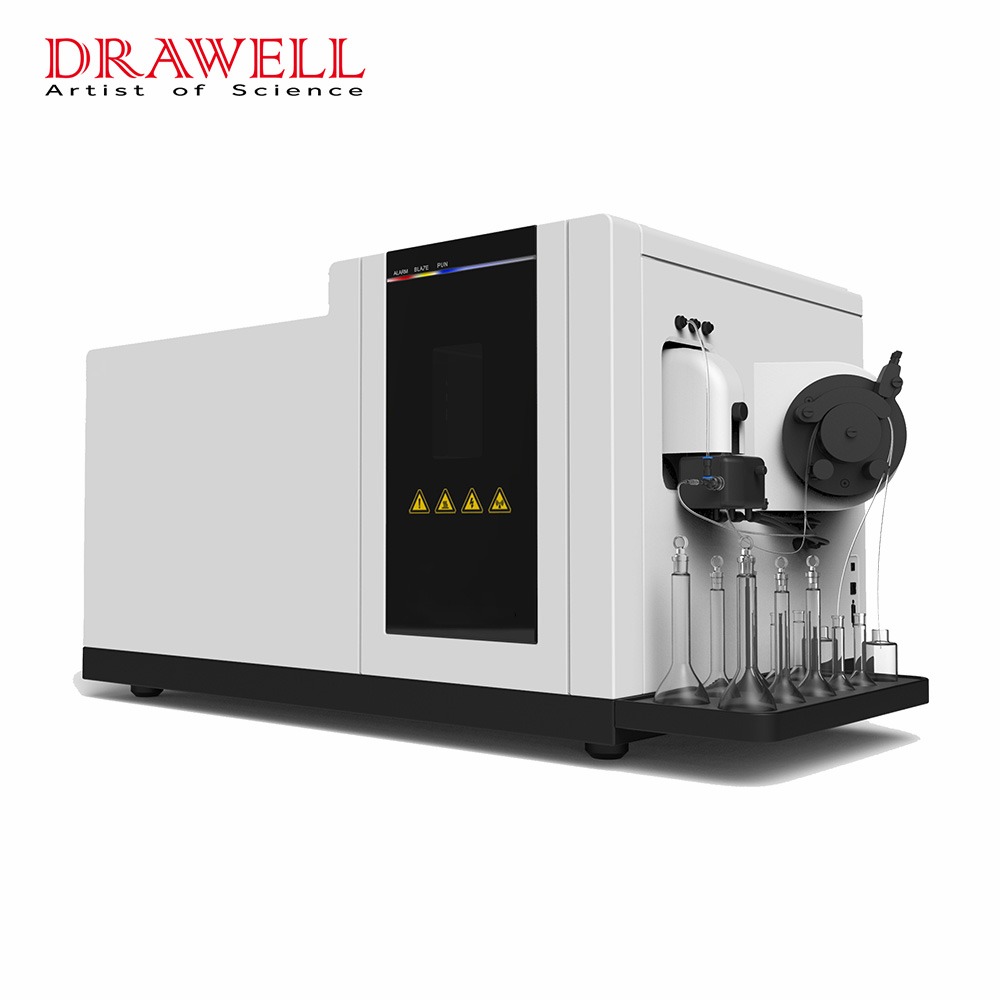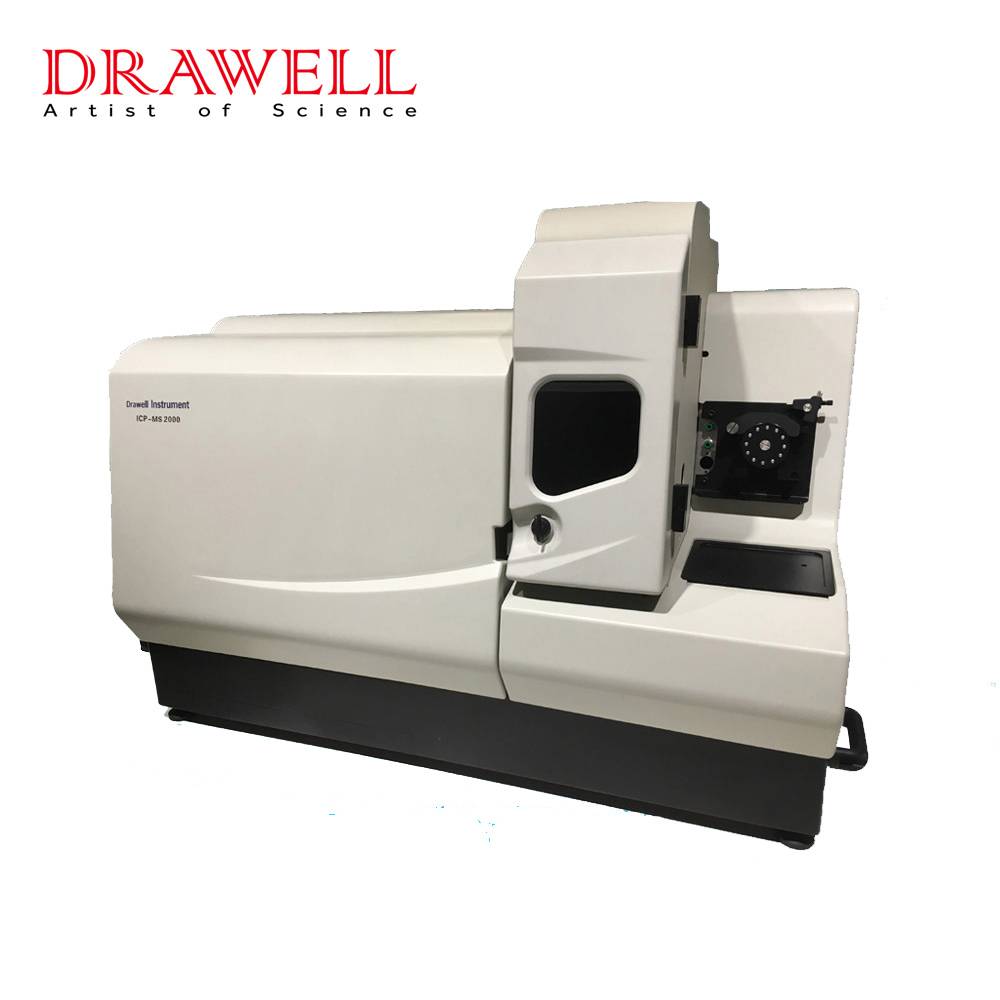Inductively Coupled Plasma Mass Spectrometry (ICP-MS) is a highly sensitive analytical technique widely used for detecting trace elements in complex samples, such as environmental, biological, and industrial matrices. However, one of the significant challenges when using ICP-MS for complex sample analysis is the presence of matrix effects. These effects can lead to signal suppression or enhancement, resulting in inaccurate quantification of target analytes. This article helps you understanding the matrix effects in ICP-MS and explore strategies to mitigate these challenges.
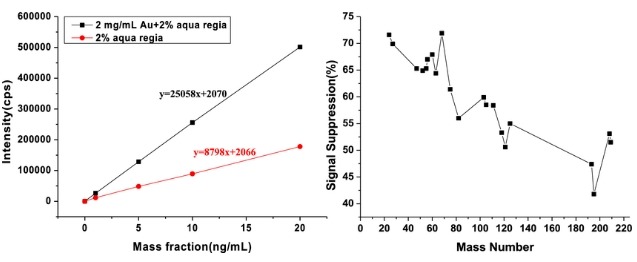
Why Choose ICP-MS for Complex Sample Analysis
- High Sensitivity and Detection Limits: ICP-MS is highly sensitive, capable of detecting elements at very low concentrations, often in the parts-per-trillion (ppt) range. This makes it ideal for complex samples where trace elements are present at very low levels.
- Multi-Element Analysis: ICP-MS can simultaneously detect multiple elements across a wide range of masses, making it highly efficient for complex samples that contain a diverse set of elements.
- Ability to Handle Complex Matrices: ICP-MS spectrometer can analyze samples with complex matrices, including environmental, biological, and industrial samples, without significant interferences. Its robust ion source allows it to handle a wide variety of sample types, including those with high salt content or organic compounds.
- Isotopic Analysis: ICP-MS can be used for isotopic analysis, allowing for precise determination of isotope ratios in materials like environmental samples, geological samples, and nuclear materials.
- Minimal Sample Preparation: While some sample types may require digestion or dilution, ICP-MS typically requires minimal sample preparation, which saves time and resources when dealing with complex matrices.
- Excellent Quantitative Accuracy: ICP-MS provides highly accurate and precise quantitative data, making it a reliable tool for regulatory compliance, quality control, and research applications.
- Fast Analysis Time: ICP-MS offers rapid sample analysis, allowing for high throughput, which is crucial in scenarios where large sample numbers need to be processed quickly.
- Versatility: ICP-MS can be applied to a wide range of industries, including environmental monitoring, food safety, clinical diagnostics, pharmaceuticals, and material science, making it versatile for complex sample analysis in various fields.
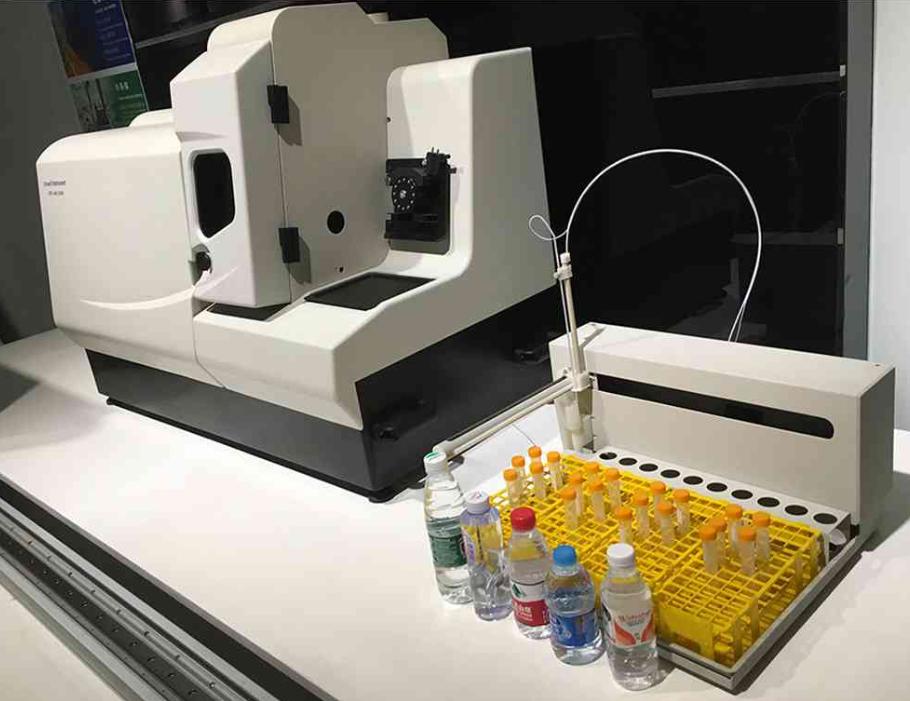
Understanding Matrix Effects in ICP-MS for Complex Sample Analysis
This chart provides a concise overview of different matrix effects, their impacts on ICP-MS results, and effective strategies for mitigation during complex sample analysis.
| Matrix Effect | Description | Impact on ICP-MS | Mitigation Strategy |
| Signal Suppression | Occurs when components in the sample matrix reduce the analyte signal intensity. | Leads to underestimation of analyte concentrations. | – Sample dilution – Internal standards – Matrix-matching calibration |
| Signal Enhancement | Occurs when matrix components increase the analyte signal. | Can result in overestimation of analyte concentrations. | – Sample dilution – Internal standards – Matrix-matching calibration |
| Polyatomic Interference | Interference from ions formed by the sample matrix that overlap with analyte signals. | Inaccurate quantification due to signal overlap. | – High-resolution ICP-MS – Collision/reaction cells |
| Ionization Efficiency Variations | Variations in ionization efficiency due to matrix composition. | Inconsistent analyte signals leading to inaccurate results. | – Internal standards – Optimization of instrumental parameters |
| Chemical Interference | Occurs when matrix components form compounds with analytes, altering ionization. | Inaccurate detection or loss of analyte signal. | – Sample preparation (digestion/extraction) – Standard addition method |
| Viscosity/Surface Tension Effects | High viscosity or surface tension in the sample matrix can affect sample uptake. | Altered aerosol formation, leading to reduced signal. | – Optimization of sample introduction – Sample dilution |
| Matrix-Induced Isobaric Interference | Interference from ions with the same mass-to-charge ratio as analytes. | Misidentification of elements. | – High-resolution ICP-MS – Collision/reaction cells |
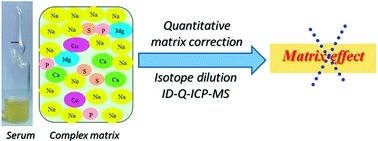
Effective Strategies for Mitigating Matrix Effects in ICP-MS
1. Sample Dilution
- Description: Dilution reduces the concentration of matrix components, thus minimizing their influence on the ionization process in the plasma.
- Pros: Simple to perform and effective in many cases.
- Considerations: Over-dilution can lead to decreased sensitivity and an increased detection limit. The dilution factor should be optimized to avoid compromising analyte detection.
2. Use of Internal Standards
- Description: Internal standards are non-analyte elements added in a known concentration to the sample. They act as a reference to correct for variations in signal intensity caused by matrix effects.
- Pros: Helps compensate for variations in sample introduction and ionization efficiency.
- Considerations: Internal standards must be selected carefully to avoid interference with the analyte and should behave similarly in the plasma.
3. Matrix-Matching Calibration
- Description: Calibration standards are prepared using the same matrix as the sample. This ensures that both the sample and the calibration standards experience similar matrix effects, resulting in more accurate quantification.
- Pros: Provides more accurate and reliable results, especially for complex samples.
- Considerations: Matrix-matching can be labor-intensive and may not be possible for all sample types.
4. Use of High-Resolution ICP-MS
- Description: High-resolution ICP-MS spectrometer, with the ability to resolve ions with similar mass-to-charge ratios, can reduce the impact of polyatomic interferences.
- Pros: Increased sensitivity and accuracy in detecting trace elements.
- Considerations: High-resolution ICP-MS instruments are typically more expensive and may require longer analysis times.
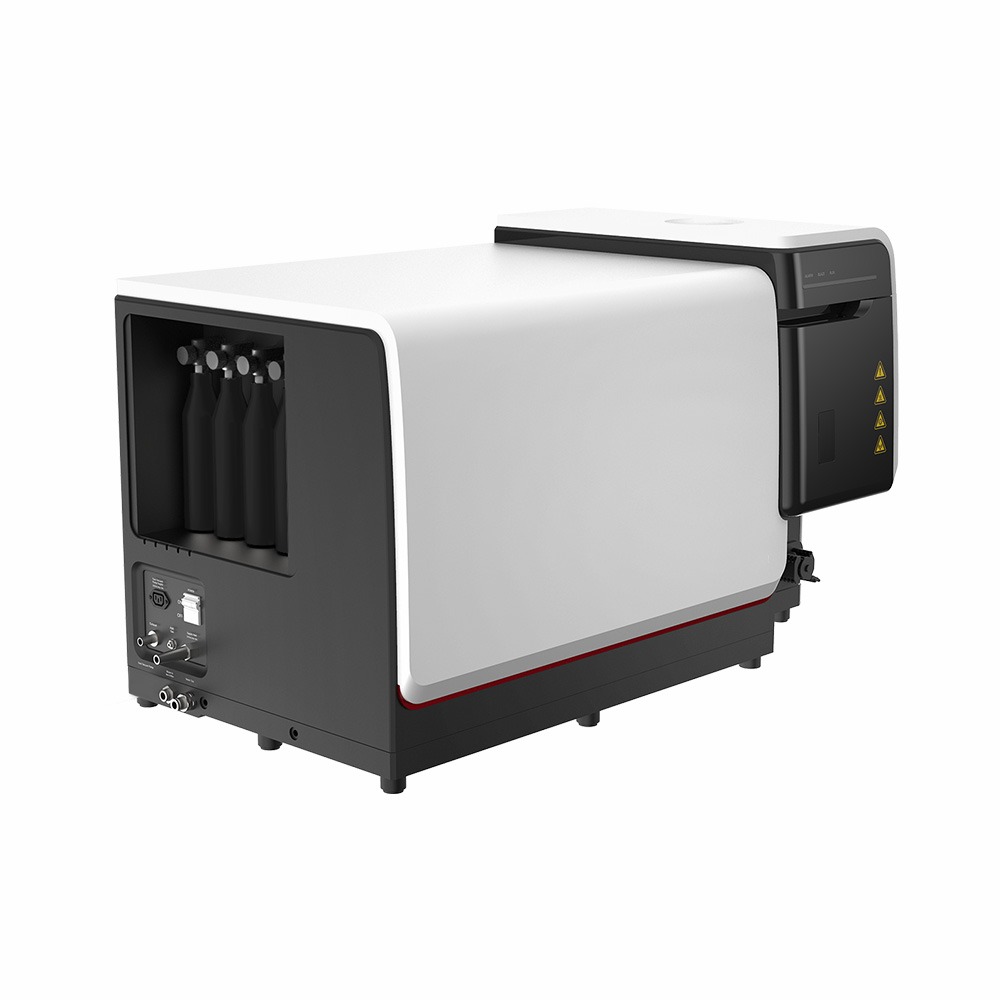
5. Collision/Reaction Cell Technology
- Description: Collision/reaction cells use gases like helium or hydrogen to remove polyatomic interferences. These gases either collide with interfering ions to break them apart or react with them, eliminating or reducing their impact.
- Pros: Effective in reducing polyatomic interference and enhancing signal quality.
- Considerations: Requires optimization of gas flow and reaction conditions to be effective.
6. Improved Sample Preparation
- Description: Proper sample digestion, filtration, and extraction methods can help minimize matrix effects by reducing or removing components that may interfere with the analysis.
- Pros: Enhances the accuracy of the results by ensuring that the matrix components are appropriately treated before analysis.
- Considerations: Sample preparation may introduce its own set of challenges, such as the potential loss of analytes during digestion.
7. Optimization of Instrumental Parameters
- Description: ICP-MS parameters such as plasma power, nebulizer flow rate, and torch position can be adjusted to improve ionization efficiency and mitigate matrix effects.
- Pros: Provides greater control over the analysis, helping to balance the effects of the sample matrix.
- Considerations: Regular optimization and maintenance are necessary for long-term consistency.
8. Use of Standard Addition Method
- Description: In the standard addition method, known quantities of the analyte are added to the sample. This allows for correction of matrix-induced effects, as the sample’s matrix is accounted for during the analysis.
- Pros: Minimizes the impact of matrix effects by directly compensating for them.
- Considerations: The standard addition method is time-consuming and may not be suitable for all types of samples.
9. Matrix-Specific Method Development
- Description: For particularly challenging matrices, it may be necessary to develop a custom analysis method tailored to the specific matrix and analyte combination.
- Pros: Customized methods can be highly effective for certain matrices that are known to cause significant interference.
- Considerations: This approach requires expert knowledge and may take more time to develop and validate.
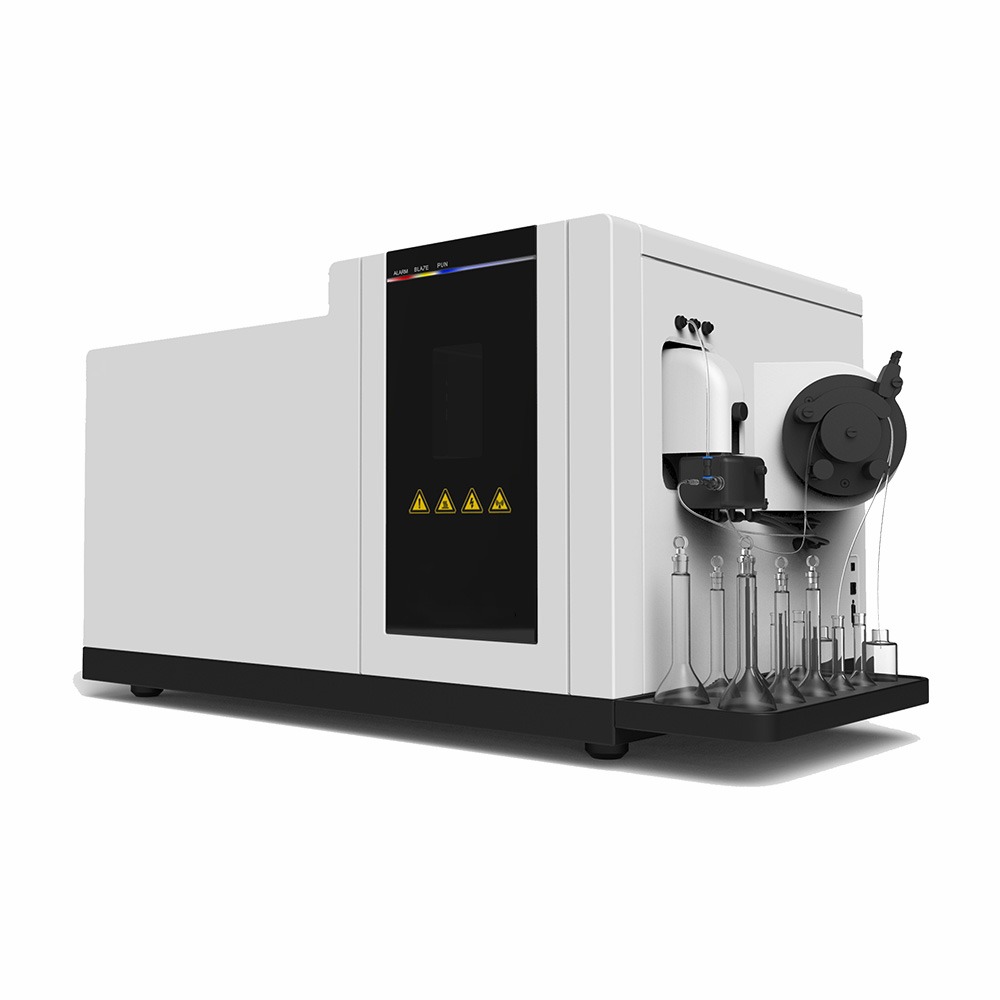
Overall, to mitigate matrix effects in ICP-MS, a combination of strategies can be adopted, such as sample dilution, internal standards, matrix-matching calibration, high-resolution ICP-MS, effective sample preparation techniques, etc. Through carefully selecting and optimizing these methods, analysts can reduce the impact of matrix interferences, leading to more accurate and reliable results in complex sample analysis.


